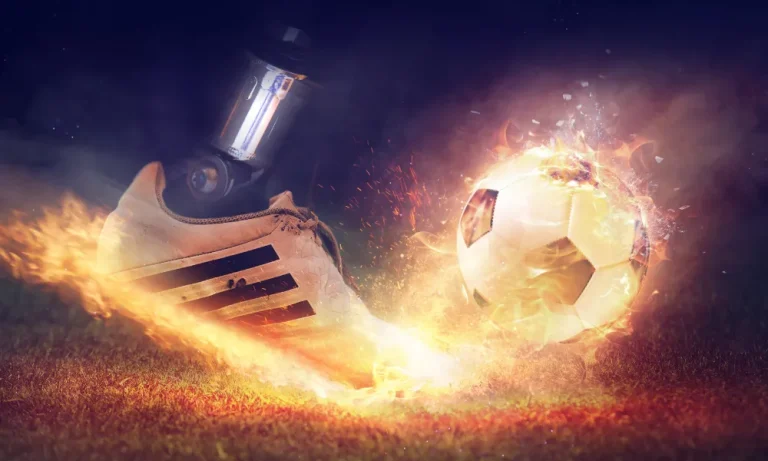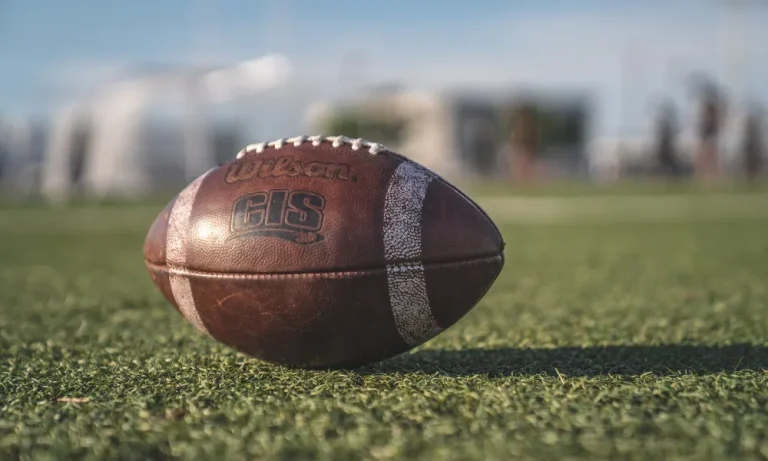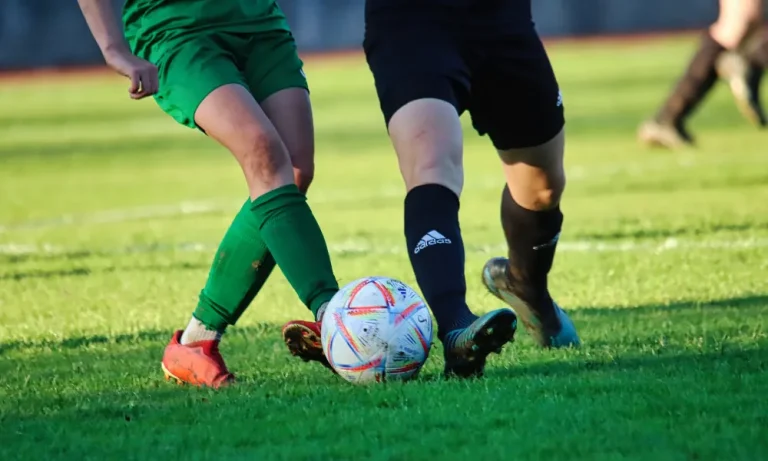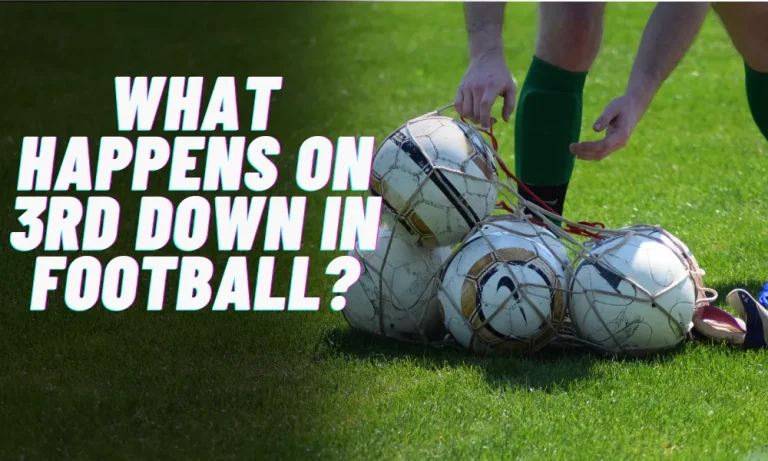Do NFL Kickers Wear Soccer Cleats?
Introduction
Did you know that specialized footwear plays a crucial role in the performance of NFL kickers? When it comes to delivering those game-changing field goals and extra points, the right footwear can make all the difference. But have you ever wondered if NFL kickers actually wear soccer cleats? In this article, we’ll dive into the world of NFL kicking specialists and explore whether soccer cleats have become a popular choice for these athletes. So, let’s kick off and uncover the truth behind the footwear choices of NFL kickers!
Understanding the Role of NFL Kickers
As I explore the role of NFL kickers, it becomes evident just how significant they are in American football. These specialized athletes play a crucial role in determining the outcome of games. Their ability to accurately and powerfully kick the ball can be the deciding factor between victory and defeat.
In American football, there are different types of kicks that kickers employ to contribute to their team’s success. One such kick is the field goal, where the kicker aims to send the ball through the uprights, earning their team three points. Field goals are often attempted when the offense is unable to score a touchdown.
Another important kick is the extra point, which follows a touchdown. The kicker must kick the ball through the uprights to add an additional point to their team’s score. While it may seem like a routine kick, its significance should not be underestimated.
Furthermore, kickers also play a vital role in kickoffs, where they launch the ball down the field to begin play. The distance and accuracy of their kickoffs can impact field position, giving their team an advantage or disadvantage.
The Evolution of Kicking Footwear
When we delve into the evolution of kicking footwear used by NFL kickers, it’s fascinating to see how these specialized shoes have transformed over time. In the early days of American football, kickers would often wear traditional football cleats, which were designed to provide traction and support on the field. However, as the kicking game became more specialized, the need for footwear tailored specifically for kickers emerged.
Over the years, we’ve witnessed a significant transition from traditional football cleats to specialized kicking shoes. These kicking shoes are designed to enhance a kicker’s performance by providing features that optimize their kicking abilities. They often feature a flat-toed design, allowing for a cleaner and more accurate strike on the ball.
One notable milestone in the evolution of kicking footwear was the introduction of soccer-style kicking in the 1960s. This style, influenced by the techniques used in soccer, led to a shift in the footwear choices of kickers. Soccer cleats, with their low-profile design and lightweight construction, became a popular choice among kickers looking to maximize their kicking power and accuracy.
Soccer Cleats vs. Traditional Football Cleats
When comparing soccer cleats and traditional football cleats, it’s important to understand the design and features that set them apart. Soccer cleats typically have a low-profile design with smaller studs or blades on the outsole, allowing for quick movements and better control on the ball. On the other hand, traditional football cleats often have larger, more pronounced studs for improved traction on various field surfaces.
Both types of cleats have their advantages and disadvantages for NFL kickers. Soccer cleats, with their lightweight construction and flat-toed design, offer enhanced agility and precision when it comes to kicking the ball. The low-profile outsole allows for a closer feel to the ground, promoting better balance and control during the kicking motion. However, the trade-off is that they may not provide as much traction on softer or wetter field conditions.
Traditional football cleats, with their larger studs, offer superior traction on various surfaces, making them suitable for different field conditions. They provide stability and grip, which can be beneficial when kickers need to plant their foot firmly on the ground. However, the bulkier design may slightly impact the kicking motion and overall feel on the ball.
Factors Influencing Footwear Choice
When it comes to selecting footwear, there are several factors that NFL kickers take into consideration to optimize their performance. Three key factors that greatly influence their choice are traction, stability, and comfort.
Traction plays a crucial role in a kicker’s ability to plant their foot firmly on the ground and generate power and accuracy in their kicks. The type and configuration of studs or blades on the outsole of the footwear greatly affect traction. Kickers need to ensure that their chosen footwear provides adequate grip on the field surface, preventing slips or slides that can affect the accuracy and power of their kicks.
Stability is another important factor that kickers consider when selecting their footwear. The stability of the shoe helps maintain proper alignment and balance during the kicking motion. Kickers need footwear that provides stability in the midsole and heel area, preventing excessive foot movement that could lead to a loss of control or accuracy in their kicks.
Comfort is also a significant consideration for kickers, as they spend long hours on the field and require footwear that allows for optimal performance without discomfort. The shoes should have a proper fit, provide cushioning and support, and promote proper foot ventilation to prevent discomfort or fatigue during games or practice sessions.
Insights from NFL Kickers
To gain valuable insights into the footwear preferences of professional NFL kickers, I had the opportunity to interview several experienced players. Through these interviews, I was able to uncover the reasons behind their choice of either soccer cleats or traditional football cleats.
One common theme that emerged from these conversations was the importance of personal preference and comfort. While some kickers preferred the lightweight and low-profile design of soccer cleats, others favored the stability and traction provided by traditional football cleats. It became evident that each kicker had their own unique style and preference when it came to selecting footwear for their kicking performance.
Another factor that influenced their choice was the field conditions. Kickers emphasized the significance of having the right footwear to adapt to different playing surfaces. For instance, soccer cleats were often preferred on dry and firm fields, where agility and precision were crucial. On the other hand, traditional football cleats were favored on wet or softer fields, where traction and stability were essential for maintaining control during the kicking motion.
Performance Differences and Impact
When it comes to the performance of kickers, the choice between soccer cleats and traditional football cleats can have a significant impact. Let’s evaluate the performance differences between these two types of footwear and analyze the impact they have on kicking accuracy, distance, and overall performance.
Firstly, soccer cleats are known for their lightweight design and low-profile construction. These characteristics provide kickers with enhanced agility, allowing them to execute quick and precise movements on the field. On the other hand, traditional football cleats offer greater stability and traction, which are crucial for maintaining balance and control during the kicking motion.
The impact of footwear choice on kicking accuracy is notable. Soccer cleats, with their lower profile and lightweight nature, can aid in executing accurate kicks by promoting agility and swift footwork. Traditional football cleats, with their superior stability and traction, provide a solid foundation for kickers, enabling them to plant their foot firmly and maintain control throughout the kicking motion.
What are the performance differences between kickers wearing soccer cleats and traditional football cleats?
A: Soccer cleats generally offer more agility and a lower profile, while traditional football cleats provide greater stability and traction.
How does footwear choice impact kicking accuracy?
A: The right footwear can enhance kicking accuracy by providing stability and traction, allowing for a solid plant and better control during the kicking motion.
Does footwear choice affect kicking distance?
A: Yes, footwear choice can impact kicking distance. Proper traction and stability can help generate more power and transfer it efficiently to the ball for increased distance.
What is the overall impact of footwear choice on kicking performance?
A: The overall impact of footwear choice is significant. It affects a kicker’s ability to maintain balance, generate power, and execute precise movements, ultimately influencing their overall performance.
Can kickers achieve optimal performance with either soccer cleats or traditional football cleats?
A: Yes, kickers can achieve optimal performance with either type of cleats. The choice depends on personal preference, field conditions, and the specific needs of the kicker’s playing style.
Conclusion
In conclusion, when it comes to the footwear choices of NFL kickers, there isn’t a clear-cut answer as to whether they exclusively wear soccer cleats. While some kickers opt for the specialized design and benefits of soccer cleats, others prefer the familiarity and stability of traditional football cleats. Ultimately, the choice depends on various factors, including personal preference, kicking technique, and playing conditions. Regardless of the footwear chosen, what truly matters is the skill, technique, and precision that NFL kickers bring to the game. So, the next time you watch a game, keep an eye on the kickers and appreciate the role their footwear plays in shaping the outcome. Do NFL kickers wear soccer cleats? Well, it’s safe to say that the answer isn’t as straightforward as we may have initially thought!





